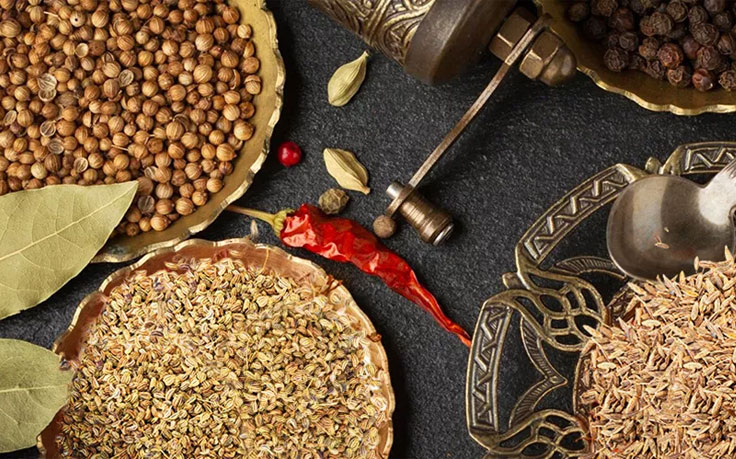In many parts of India, a plant-based meal is not an option on the menu; it is the menu. It isn’t the result of a trend, nor is it created by removing ingredients. The dishes were built this way from the beginning. Vegetables, lentils, grains, and spices form the foundation of Indian cooking, and they’ve done so for generations. A simple home-cooked Indian meal might feature two or three vegetables, a daal simmered with cumin, and a stack of rotis fresh from the tawa. Nothing is missing from the plate. This is how people have always eaten. Haveli takes pride in the culture that we have been serving. Indian cuisine is such that we make sure that no one leaves our country unsatisfied. The vegans must have come later, but Indian cuisine has ruled the world at all times.
Indian kitchens reflect what grows in the soil. Grains like rice, wheat, and millets are staples. Lentils, like red, yellow, green, and black, are found in nearly every household. Markets fill with gourds, roots, leafy greens, and legumes depending on the season. These ingredients shaped the recipes, not the other way around. In regions like Gujarat and Tamil Nadu, meals have long been cooked without any meat or eggs. Even dairy is used sparingly in many areas, depending on climate and accessibility. This way of cooking was passed down quietly, in practice, not in writing. What we eat speaks for our culture. In Indian culture, every life has great meaning attached to it. The religious sentiment that is attached to their lives says everything one should know. It is not something we have inherited from yesterday, but something that has been passed down from generation to generation.
There is a quiet confidence in the way Indian food handles nourishment. You won’t find people talking about protein content in moong daal or black chana, but it’s there. Meals are designed with balance: a bowl of daal, some rice, a dry sabzi, maybe a pickle, maybe not. There is comfort, but also substance. Rajma, made with kidney beans, is rich and filling.
Sprouted lentils are tossed into salads or dry-fried with spices. Besan, or chickpea flour, is turned into pancakes, dumplings, or fritters. The protein was never hidden; it’s always been part of the plan. The way Indian food nourishes is unmatched. We make sure that neither the taste is compromised, nor is the nutrition. When people taste Indian food for the first time, they often wonder how something without cream or meat can feel so satisfying. The answer is in the way flavour is built. Oil is warmed, and into it go whole spices — mustard seeds, cumin, fenugreek, perhaps a few curry leaves. The smell changes. Onions are added and slowly cooked until soft. Ginger, garlic, and tomatoes follow. Nothing is rushed.
Patience is the lye is when it comes to cook Indian food. Everyone should experience Indian cuisine and we take that responsibly. Come visit us and take a piece of India with you.











